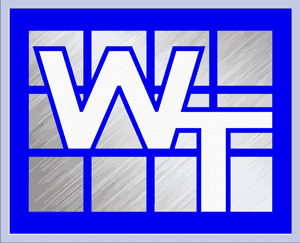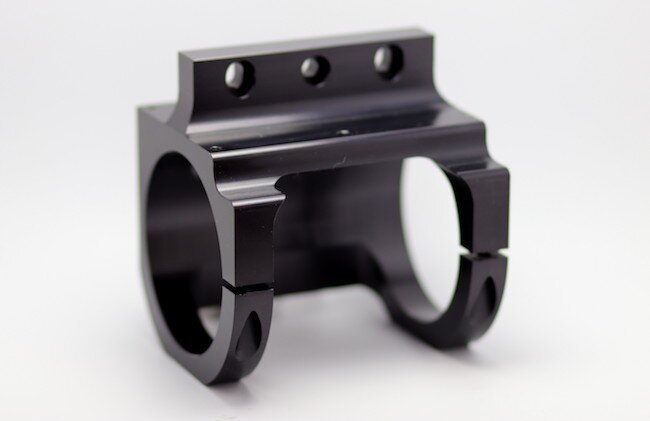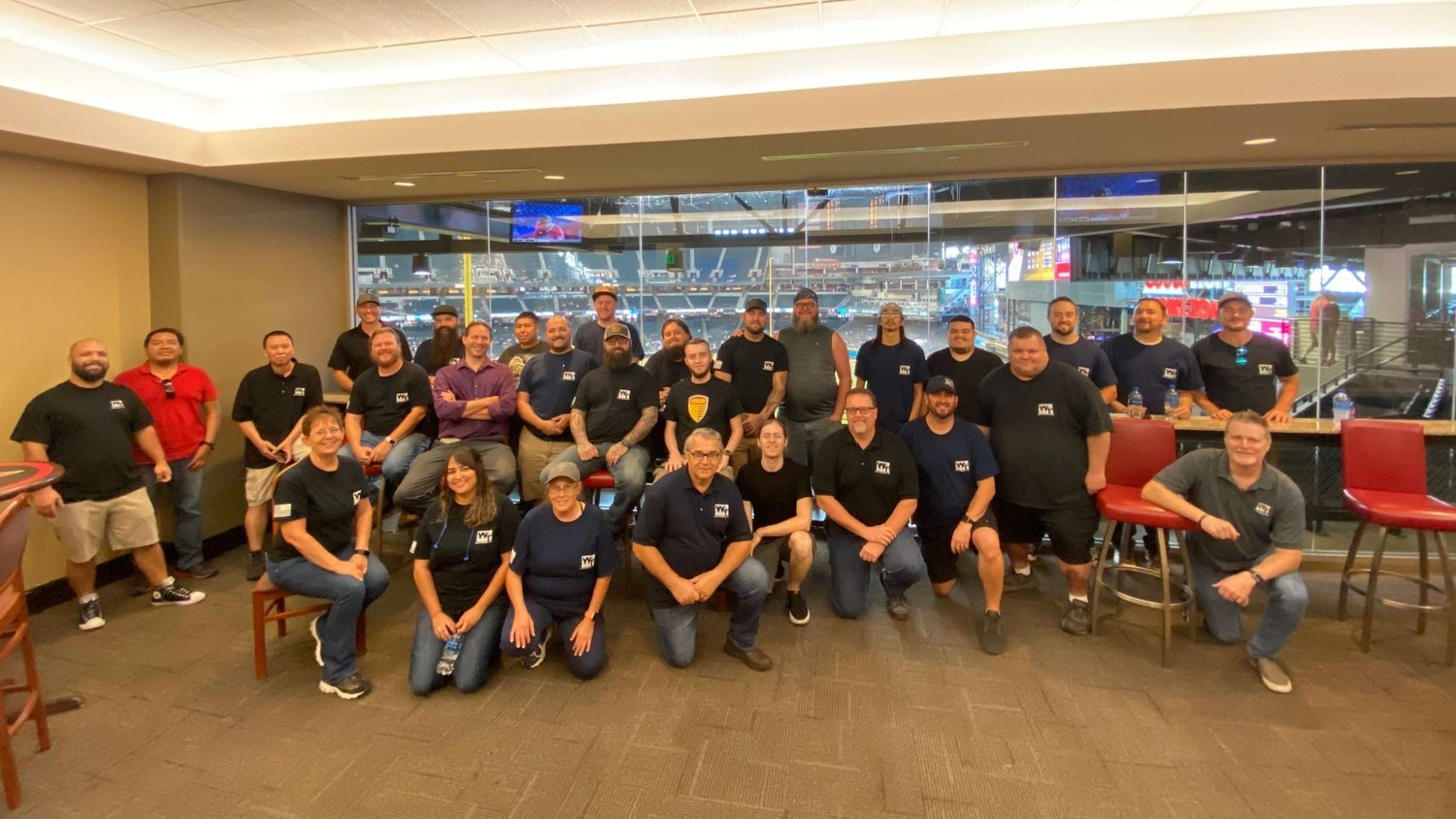Any top-tier precision machine shop will tell you that document control is critical to ensuring that customers’ parts are correctly manufactured.
An essential element of the manufacturing process, document control is a series of practices for managing the documentation used to make parts.
Document control ensures that:
- The drawings and models for a specific part match
- Manufacturers are working with the latest revisions
- Parts are made in compliance with necessary specifications and standards
Both manufacturers and customers are responsible for maintaining good document control.
Common Barriers to Good Document Control
Unfortunately, there are two barriers to good document control that we have observed in recent years: reliance on tribal knowledge and the increasing popularity of the “machine to model” approach.
Tribal knowledge
Many manufacturing suppliers have long-term relationships with their customers—which is terrific! At Wal-Tek, we treasure our decades-long partnerships. The connections aren’t the problem, but the familiarity they breed can be. Long-term partners often use shortcuts to share and store information when working on projects together, which can lead to problems down the line.
For example, the manufacturer and customer might agree on a design change over the phone instead of red-lining a print and updating the revision information for future use. The manufacturer will keep the information in their mind and communicate it verbally to their team.
But imagine the shop hires a new team member or the customer wants to take the job to another shop. Without the latest revision change documented in the print, the drawing will contain outdated information. If a person who has never made the part before builds it to print, the part will be “wrong” in the customer’s eyes, even though it’s technically built to the documented specifications.
This scenario may seem extreme, but it happens all the time in manufacturing—and it costs customers valuable time and money.
The “machine to model” trend
Many original equipment manufacturers (OEMs) are designing 3D models without investing effort to create accompanying 2D drawings, fueling a trend known in the precision machining world as “machine to model.”
The problem is that, traditionally, manufacturers have relied on the detailed information provided in a drawing to perform thorough inspections. Now that some customers are treating prints as nothing more than supporting documentation, there’s a risk of parts being made incorrectly.
At Wal-Tek, our engineering division is fully staffed and can support customers who come to us with models only. Still, not all manufacturing suppliers have such a robust and experienced team to fill the gap created by the “machine to model” approach.
How Wal-Tek Supports Customers with Document Control
The best way to avoid receiving incorrect parts is to practice good documentation from the very beginning. For customers, that means providing a drawing with detailed information that accurately reflects a part’s latest revision.
We often come across prints that have the wrong hardware, incorrect welding callouts, and outdated material information, so we encourage you to double-check your details before submitting an RFQ to any shop.
That said, creating and updating prints and models is a big undertaking. We know not all our customers have the resources to keep up with document control. At Wal-Tek, we leverage our Systems and People methodology to ensure we can support our customers and make precision parts that meet all fit, form, and function requirements.
We have best-in-class engineers and designers on staff to assist in all aspects of Design for Manufacturing (DFM). Additionally, we’ve created systems to prevent outdated prints and models from slipping through the cracks.
The Wal-Tek Way of maintaining good document control prioritizes:
- Clear ownership. All projects have a dedicated owner responsible for managing the file and tracking revisions.
- Thorough review. Two team members review each PO we receive, analyzing every print and model to catch any discrepancies.
- Communication. Sharepoint and Teams software helps expedite real-time communication with our customers and keeps us aligned on each job. We contact customers immediately when we see a discrepancy and require a signature on any changes we make. Even in a time crunch, customers must sign off on red-lined drawings.
Our team provides document control and engineering design as part of a more extensive partnership, wherein we retain ownership of the documents we create for our customers. However, we’re proud to offer standalone design and engineering services for customers who wish to own all of their documentation, giving them the option to take their drawings and models to other manufacturers.
If you’re looking for a “team you can trust” to create quality drawings and models while ensuring good document control, try the Wal-Tek Way. Get started today by requesting a quote.




